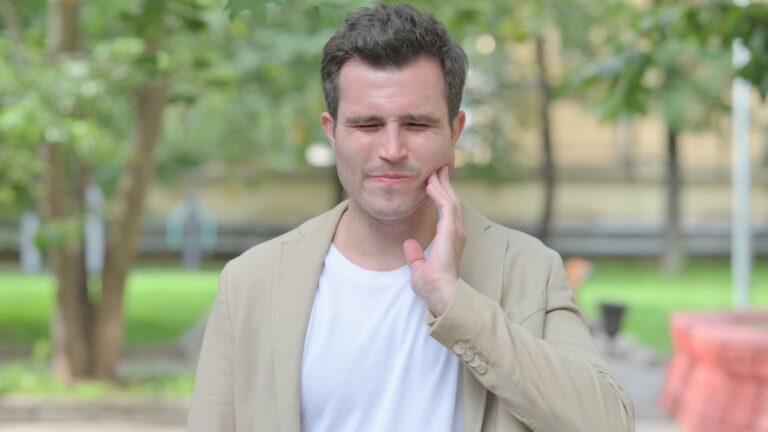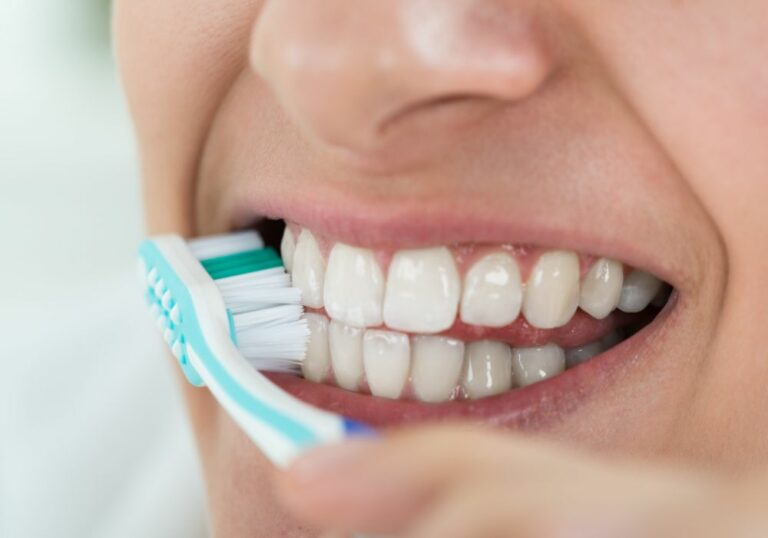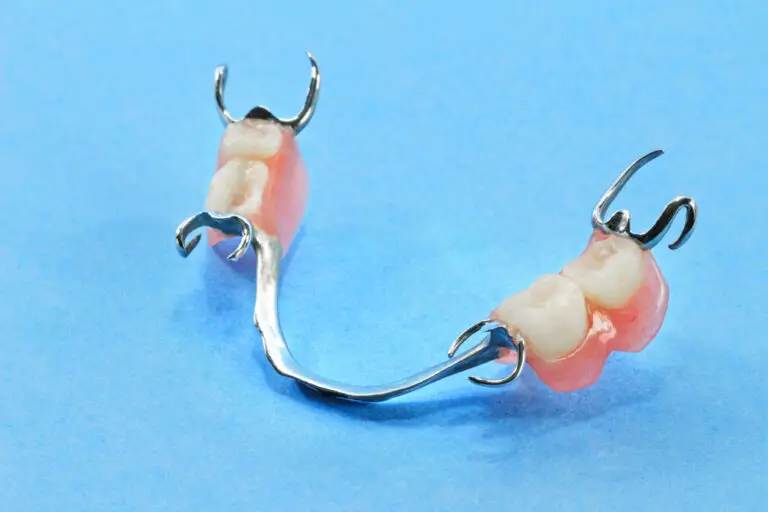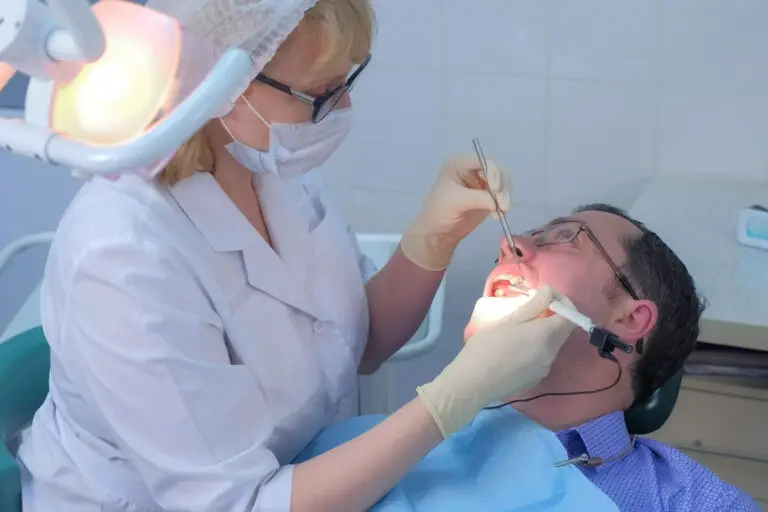Braces are a common orthodontic treatment used to correct crowded, crooked, or misaligned teeth. Metal braces apply gradual pressure to the teeth using brackets bonded to each tooth and archwires that connect them. This constant, controlled force shifts the teeth into proper alignment over time as the jawbone and gums remodel around the roots. But what are the limitations of how far braces can move your teeth?
Understanding the biomechanics of tooth movement and the factors that impact progress can help patients set realistic expectations around treatment with braces. This detailed article will examine the science behind how braces move teeth, timelines for results, safety limitations, and the importance of retention after orthodontic treatment.
How do braces exert force on teeth?
Braces utilize the power of physics to shift teeth within the bone. The orthodontist strategically applies forces to the teeth through the use of brackets, bands, archwires, elastic ties, coils, elastics, and other appliances attached to the braces.
The force applied to an individual tooth then triggers a biological response in the surrounding bone and periodontal ligament to allow movement over time. Here is an overview of how this process works:
- Brackets – Small squares of ceramic or metal are bonded directly to the front of each tooth with dental cement. The archwire threads through these brackets to connect the teeth.
- Archwires – These flexible metal wires contour across each dental arch, held to the teeth by the braces brackets. Archwires are changed out during treatment as teeth align to apply optimal forces.
- Ligatures – Small elastic ties or wire ties secure the archwire into the bracket slots. Ligatures keep the archwire tight against the bracket as teeth move.
- Coils & elastics – Coil springs around the archwire or rubber bands linking brackets apply pushing or pulling forces between teeth. This helps widen or close space between teeth.
- Periodontal ligament – Fibrous tissue surrounds each tooth root holding it in place in the bony socket. The ligament acts as a shock absorber and sensor, stimulating bone to remodel when compressed by braces forces.
- Bone remodeling – Bone cells called osteoblasts and osteoclasts control bone remodeling. Osteoclasts remove old bone cells where pressure is applied by braces. Osteoblasts form new bone cells on the opposite side of the socket, moving the tooth.
The combination of precise force application from the braces components and the biological response of bone remodeling allows teeth to gradually shift positions over time.
What factors affect the distance braces can move teeth?
While the same fundamental process enables tooth movement with braces, there are several variables that impact how far an individual’s teeth can be moved:
- Age – Younger patients with growing, malleable bones achieve faster and more dramatic movement. Adults over 40 have tighter jawbones and gum issues hindering extensive movement.
- Tooth type – The type of tooth also influences movement potential. Incisors and canines have a single root and reposition more readily than multi-rooted premolars and molars.
- Root shape – Short, conical roots offer less resistance and are easier to move than long, tapering roots with greater surface area embedded in bone.
- Bone density – Low-density, porous bone allows more tooth movement. Dense, thick bones severely limit movement potential, especially in adults.
- Gum & bone health – Compromised gums or bone due to genetics, smoking, or periodontal disease restricts tooth movement with braces.
- Orthodontic techniques – Advanced techniques like mini-implants for skeletal anchorage facilitate greater movement vs. braces alone.
The orthodontist will consider these factors to determine an optimal treatment plan and set expectations on how far the teeth can be straightened safely and efficiently.
Limits of tooth movement by direction
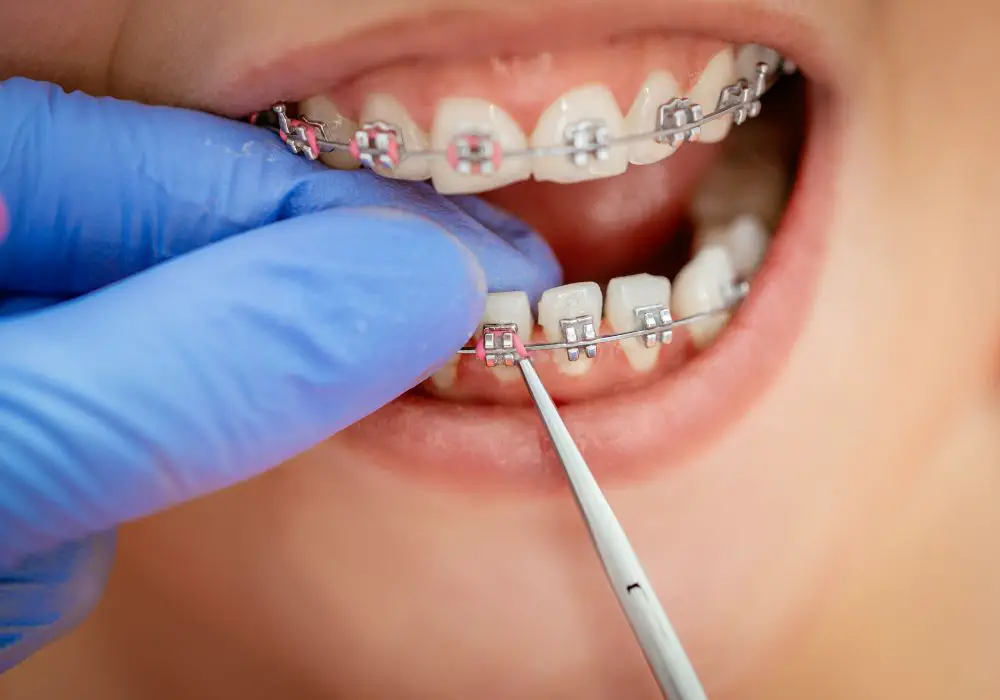
In addition to individual patient variables, there are guidelines on how many millimeters or degrees teeth can be moved in certain directions by braces:
- Tipping – Braces can tip teeth 15 degrees off their vertical axis in mesial or distal inclination.
- Torque – Effective torque limit for braces is 30 degrees of mesiobuccal or distolingual root angulation.
- Rotation – Full series braces can achieve up to 45 degrees of rotation correction of a tooth around its axis.
- Translation – The maximum bodily translation movement of a tooth is generally 1-2mm along the arch wire due to surrounding tissue resistance.
- Extrusion & intrusion – Braces can extrude down or intrude up a tooth 2-3mm. Greater than 3mm risks damaging supporting tissues.
- Molar distalization – Back molars can safely be distalized or moved backwards in the jaw up to 4-6mm.
Moving teeth beyond these general parameters risks not only tissue damage but bite complications, loose teeth, and poor facial profile results.
Average timeframes for common movements
While each case is unique, braces can typically achieve the following movements in these timeframes:
- Closing small spaces between teeth – 2-4 months
- Correcting rotated or tipped teeth – 3-5 months
- Widening or closing bite – 6-12 months
- Straightening severe crowding or overlap – 12-18 months
- Moving molars back in the jaw – 12-20 months
Tracking results against quarterly estimates can assure treatment is progressing as planned. Daily wearing of rubber bands and headgear also quickens complex movements.
Retention protocols after braces

After investing months or years into teeth straightening with braces, patients must be diligent about wearing retainers full-time after treatment. Otherwise, teeth tend to migrate back towards their original positions, losing much of the progress made with braces.
Here are the retention protocols orthodontists recommend after braces:
- Full-time retainer wear for 6 months (up to 22 hours per day)
- Part-time nightly retainer wear for additional 6-12 months
- Lifelong nightly retainer wear 2-4 nights per week to maintain results
Many orthodontists also recommend using a permanent fixed lingual retainer wire behind the lower front teeth indefinitely. Removing this lower wire risks alignment relapse.
Following prescribed retainer use is essential for preserving straightened teeth over the long-term.
Conclusion
While individual factors affect the degree of change, braces can move teeth moderate distances safely and effectively when applied gradually and controlled. Treatment times range on average from 12 months for simple alignment to 30 months for complex cases.
Beyond fundamental limits to protect supporting tissues from damage, retention through removable appliances, fixed wires, and nighttime wear is imperative for maintaining achieved positions long-term after braces are removed. Consistently wearing braces and aligners as directed coupled with excellent oral hygiene will help optimize tooth movement results.
Frequently Asked Questions
How many millimeters can braces move teeth?
On average, braces can safely move teeth through the bone 1 to 2 millimeters. This amounts to about 1 millimeter of movement per month on average. However, factors like tooth type and bone density affect the rate and distance of movement. Front teeth generally move quicker than molars.
How long does it take braces to close gaps between teeth?
For smaller spaces between teeth, braces can typically close gaps of 2-4 millimeters in 2-4 months. Closing larger gaps between teeth often takes longer, such as 6-12 months for 5-7 mm spaces. Wide spaces may also require supplemental treatment like implants alongside braces.
Can braces correct crowding?
Yes, braces work very well to resolve dental crowding. The metal wires apply light pressure over time to shift the overlapping teeth into better alignment and create more space. Moderately crowded cases usually require 12-18 months of braces to correct overlapping and rotation.
What problems can happen from moving teeth too far with braces?
Pushing teeth drastically beyond the surrounding bone places excess force on the teeth. This can compress the bone and periodontal ligaments to the point of permanent damage. It also leads to bite problems, loose teeth, gum recession, and poor facial profile results. Only modest, safe movements should be made.
How often do you need braces tightened?
During full braces treatment, the orthodontist needs to tighten or adjust the wires about once every 4-6 weeks on average. This maintains the constant gentle pressure guiding the teeth into place. More frequent tightening can speed movement but also increases root resorption risks. Keeping scheduled adjustments is key.

